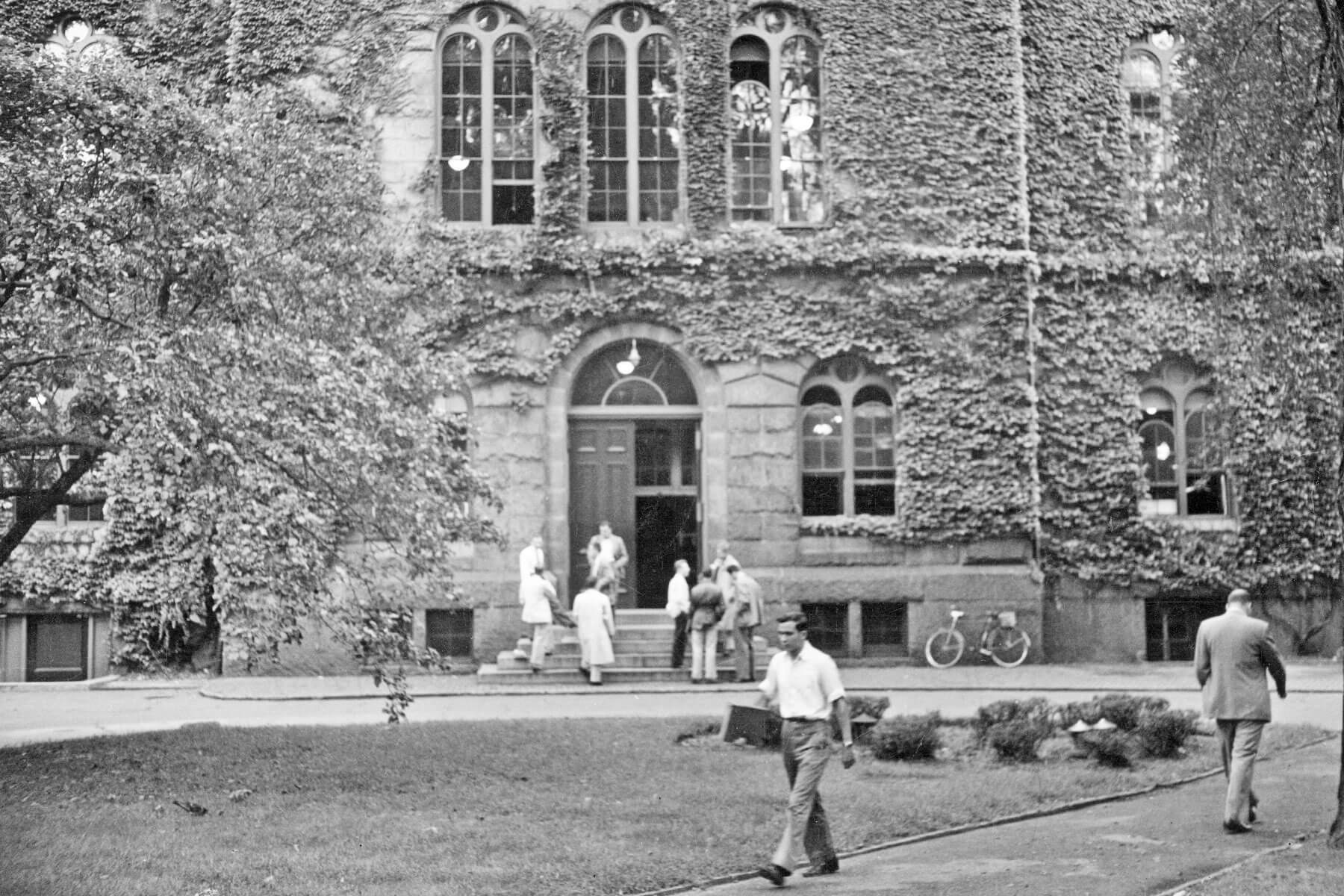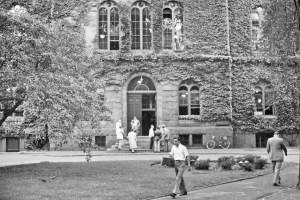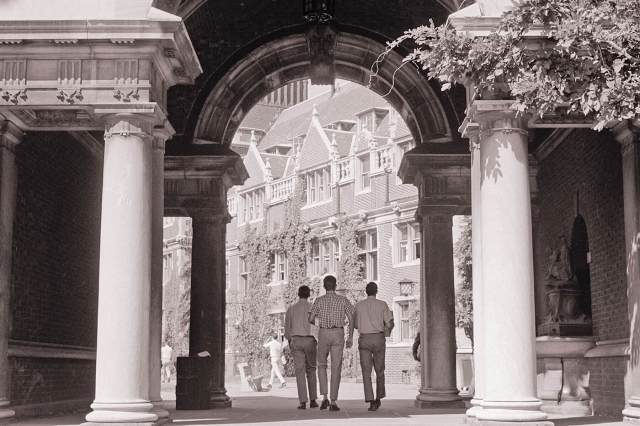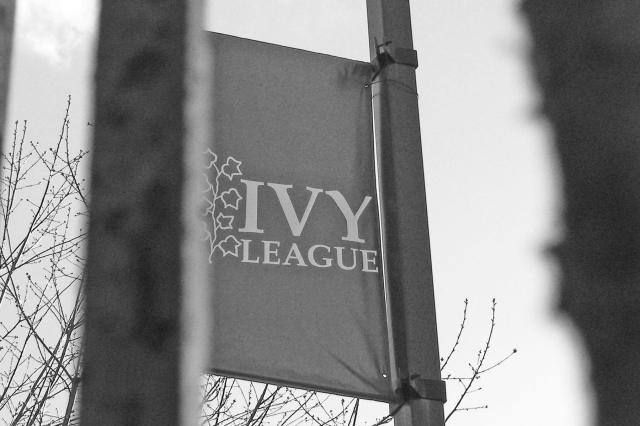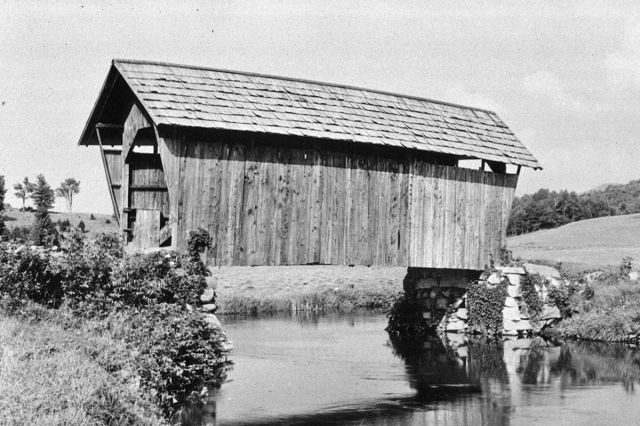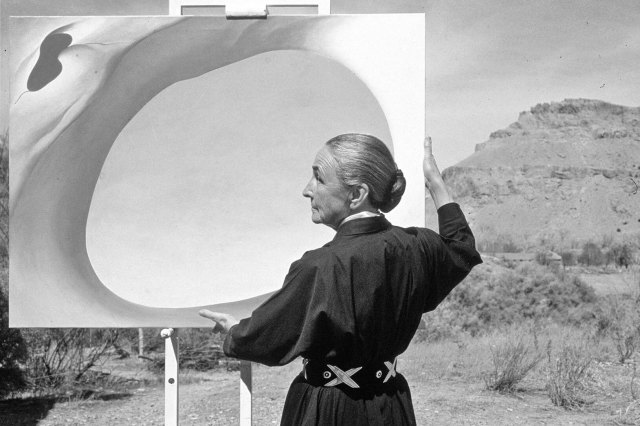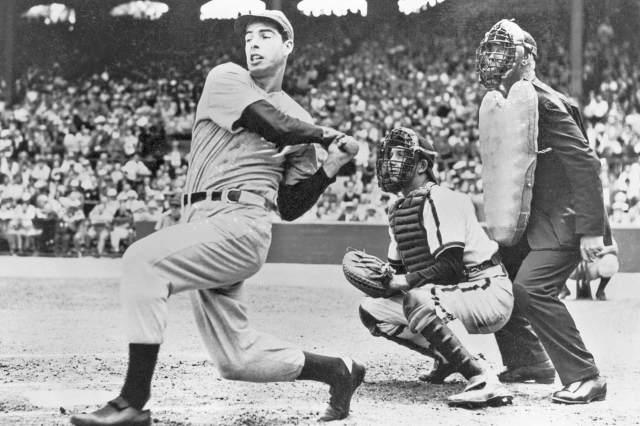Why Do We Call Them “Ivy League” Schools?
“Ivy League” is a term that evokes images of the hallowed vine-covered walls of some of the most elite educational institutions in the world. The Northeastern United States is home to the eight private research colleges and universities that make up the Ivy League, including Brown University in Providence, Rhode Island; Columbia University in New York City; Cornell University in Ithaca, New York; Dartmouth College in Hanover, New Hampshire; Harvard University in Cambridge, Massachusetts; University of Pennsylvania in Philadelphia, Pennsylvania; Princeton University in Princeton, New Jersey; and Yale University in New Haven, Connecticut.
Of this group of exclusive schools, all but Cornell University, which was founded in 1865, are also colonial colleges — the nine institutions of higher education that were chartered before the United States was founded. The other two colonial colleges, Rutgers University in New Jersey and the College of William & Mary in Virginia, are public universities, which excludes them from the Ivy League.
Everyone has an idea of what having an Ivy League education means, but what, exactly, is the origin of the name itself? Here’s how this group of prestigious institutions came to be called the Ivy League.





